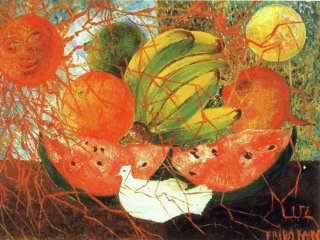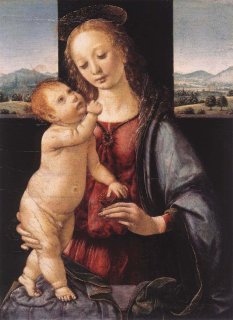
This painting was created at the end of the life of the Mexican female painter Frida Kahlo, and it was the last painting left in her creative career. In traditional Mexican culture, the image of watermelon is often inseparable from death. In the local traditional festival Day of the Dead, watermelon can be seen everywhere as an important festival element. There is even a tradition of using watermelon pulp during sacrifices, believing that their relatives are enjoying the fruit. But in this work, which is full of death imagery, it actually looks very alive. Different from the gloomy style of common works expressing death, the overall color of this painting is very bright and lively, with sharp contrast between colors, making the whole painting look very expressive. This is related to her life experience. Frida was often tortured by illness at the end of her life, so she expressed her desire for a new life in her paintings. She passed away just eight days after she created this painting. The watermelon in the center of her painting is a complete circle, symbolizing the cycle of life and death.




